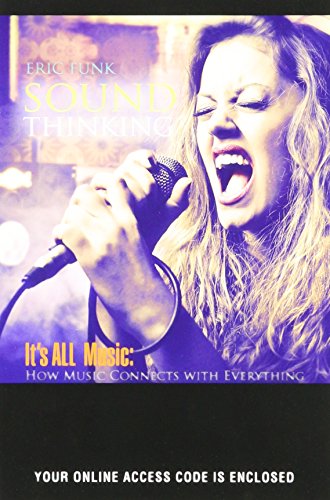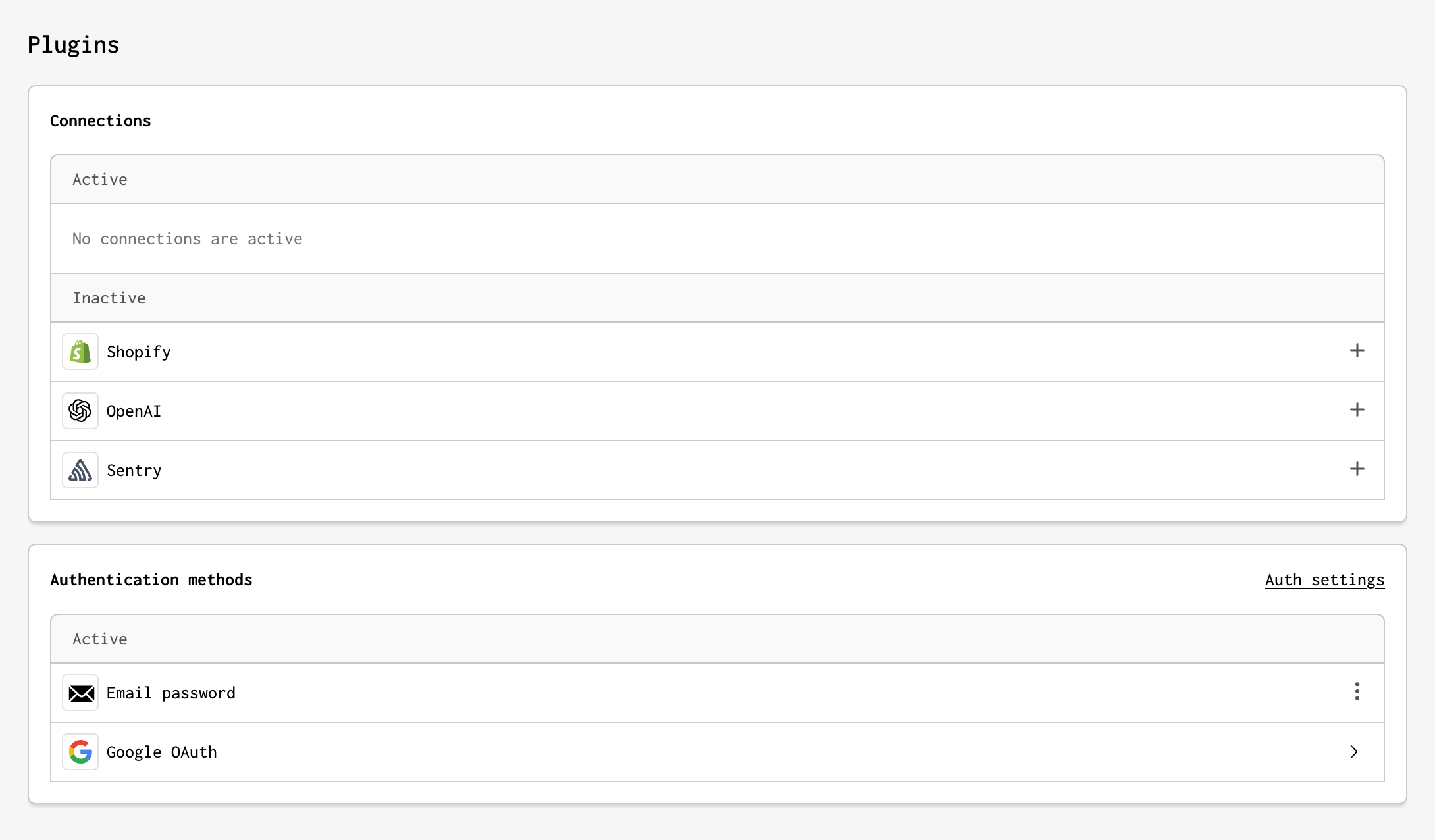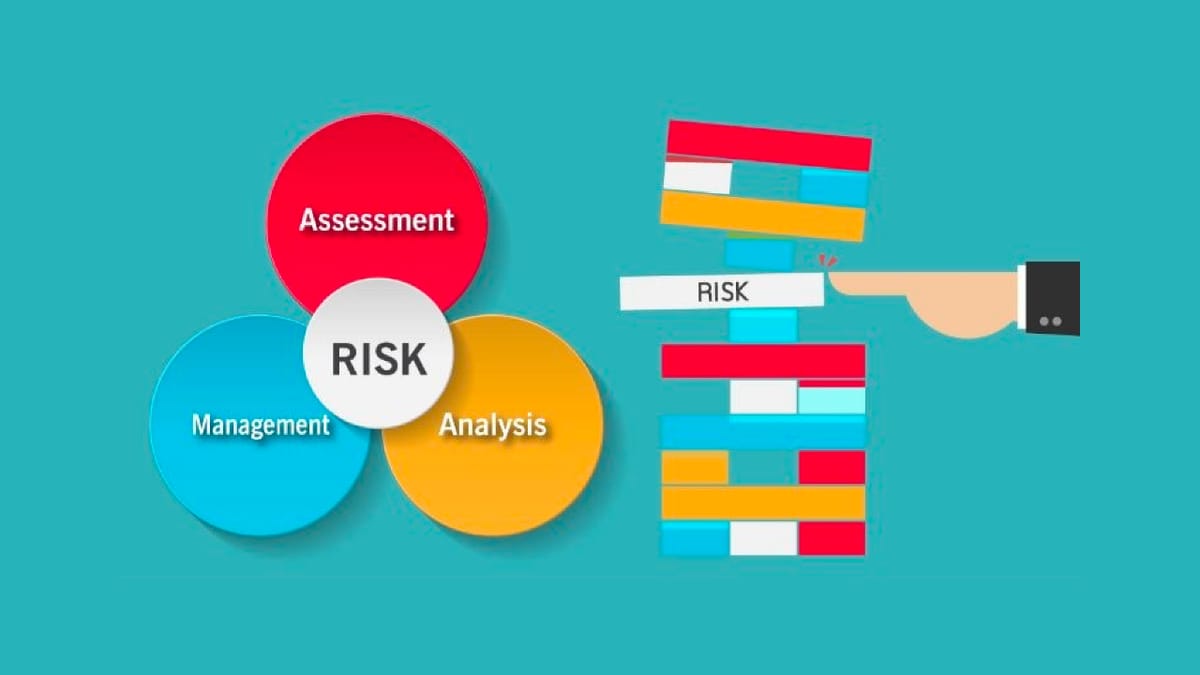Sound Perimeter: How Music Connects Us

Table of Contents
Music as a Universal Language
Music's ability to evoke emotion is perhaps its most unifying quality. Unlike spoken language, which requires years of study to master, music’s impact is immediate and intuitive. Whether it's the driving rhythm of a Latin beat, the soaring melody of an opera, or the gentle strumming of a folk song, certain musical elements—like rhythm, melody, and harmony—resonate universally, triggering emotional responses that transcend linguistic barriers.
This universality is evident in the cross-cultural influences that permeate global musical styles. Consider the widespread popularity of genres like reggae, which blends African rhythms with Western harmonies, or K-pop, a vibrant fusion of Western pop and traditional Korean music. These examples demonstrate music's inherent capacity to absorb, adapt, and transmit cultural elements, creating new sonic landscapes that resonate with diverse audiences.
- Globally popular musical genres: Reggae, K-Pop, Hip-Hop, Salsa, Electronic Dance Music.
- Studies on cross-cultural emotional responses to music: Numerous studies demonstrate consistent emotional responses to major and minor keys, fast and slow tempos, across diverse cultural groups.
- Case studies of music bridging cultural divides: Collaborative projects featuring musicians from different cultural backgrounds frequently highlight the unifying power of music.
Building Community Through Shared Musical Experiences
Music fosters a powerful sense of community. Live concerts, music festivals, and even local open mic nights create shared experiences that bond individuals. The energy of a crowd singing along to a favorite song, the collective joy of dancing to a pulsating beat—these are powerful moments of shared identity and belonging. Music also plays a vital role in social movements and protests, acting as a rallying cry and a powerful tool for social change.
- Examples of music festivals fostering community: Coachella, Glastonbury, Burning Man, showcasing diverse musical genres and attracting diverse crowds.
- Case studies of music's role in social change: The Civil Rights Movement's use of gospel music, protest songs in anti-war movements.
- The impact of social media: Platforms like Spotify, YouTube, and TikTok connect music lovers globally, fostering online communities centered around shared musical tastes and creating opportunities for discovery and interaction.
Music's Role in Cultural Exchange and Preservation
Music acts as a living archive of cultural heritage. Traditional musical styles, passed down through generations, preserve the stories, values, and beliefs of a community. The intricate rhythms of West African drumming, the haunting melodies of Native American flute music, and the vibrant soundscapes of traditional Chinese opera—each reflects a unique cultural identity. These traditions not only enrich our understanding of different cultures but also provide a framework for intercultural dialogue and understanding.
Globalization has significantly impacted musical exchange, leading to exciting collaborations and fusions of musical styles. However, it also presents challenges, particularly in the preservation of traditional music forms in the face of global homogenization.
- Examples of traditional music styles maintained through generations: Irish folk music, Flamenco, Indian classical music, showcasing longevity and cultural significance.
- Case studies of musical collaborations across cultures: World music projects that blend diverse musical traditions, showcasing innovation and cross-cultural understanding.
- Challenges and opportunities of musical globalization: Balancing the preservation of cultural heritage with the benefits of musical exchange and innovation.
The Evolution of the Sound Perimeter in the Digital Age
The internet and streaming services have dramatically expanded our "sound perimeter." Previously geographically limited musical experiences are now readily accessible globally. Social media platforms facilitate music discovery, connecting musicians and fans across continents. This democratization of music creation and distribution empowers independent artists, allowing them to bypass traditional gatekeepers and share their music directly with a global audience.
However, this digital revolution also presents challenges, including concerns about copyright infringement and the fair compensation of artists in the age of streaming. Furthermore, algorithms employed by streaming services shape music consumption, potentially limiting exposure to diverse musical genres and creating echo chambers.
- Examples of online platforms connecting musicians and fans: Bandcamp, SoundCloud, Spotify, YouTube Music, fostering global reach and collaboration.
- Challenges of copyright and fair compensation: The ongoing debate regarding artist royalties and fair compensation in the digital music market.
- Algorithms and music consumption: How algorithmic curation influences music discovery and potential biases in exposure to diverse genres.
Conclusion: Expanding Our Sound Perimeter Together
Music's ability to act as a universal language, build community, and facilitate cultural exchange is undeniable. The "sound perimeter" is not merely an invisible boundary; it is a dynamic and ever-expanding network connecting us all through our shared love of music. By actively engaging with diverse musical traditions, attending live events, and participating in online communities dedicated to music appreciation, we can expand our own sound perimeter and contribute to a richer, more interconnected global musical landscape. Explore the world of music, discover new sonic landscapes, and join the global community of music lovers – let's expand our sound perimeter together!

Featured Posts
-
 Jim Cramers Take On Core Weave Crwv Its Open Ai Connection
May 22, 2025
Jim Cramers Take On Core Weave Crwv Its Open Ai Connection
May 22, 2025 -
 Fewer Elk Hunting Permits Issued In Jackson Public Response Impacts Season
May 22, 2025
Fewer Elk Hunting Permits Issued In Jackson Public Response Impacts Season
May 22, 2025 -
 Emergency Response After Partial Collapse Of Ancient Chinese Tower
May 22, 2025
Emergency Response After Partial Collapse Of Ancient Chinese Tower
May 22, 2025 -
 Ukrayina Ta Nato Analiz Rizikiv Vidmovi Vid Chlenstva
May 22, 2025
Ukrayina Ta Nato Analiz Rizikiv Vidmovi Vid Chlenstva
May 22, 2025 -
 Abn Amro Zijn Nederlandse Huizen Echt Betaalbaar Een Geen Stijl Analyse
May 22, 2025
Abn Amro Zijn Nederlandse Huizen Echt Betaalbaar Een Geen Stijl Analyse
May 22, 2025
